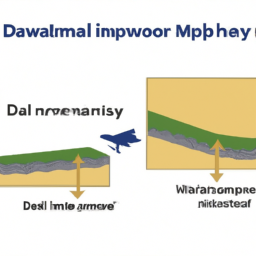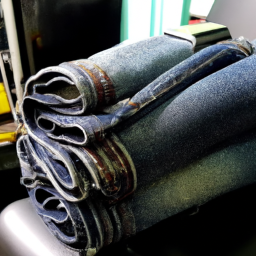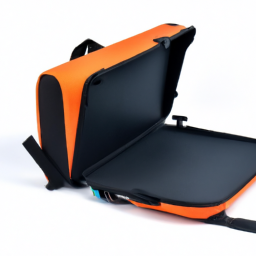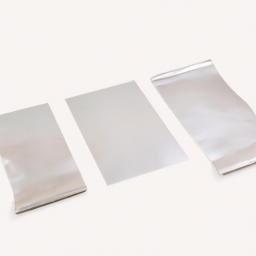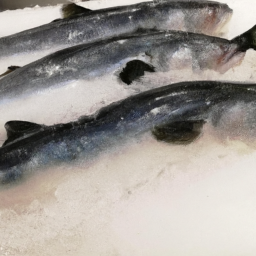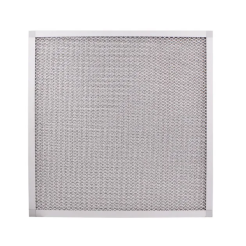How Do Dam Spillways Work
When it comes to managing water flow in dams, spillways play a crucial role in ensuring safety and efficiency.
Product Description
When it comes to managing water flow in dams, spillways play a crucial role in ensuring safety and efficiency. But how exactly do dam spillways work? Let's break it down for you.
1. Controlled Release: Dam spillways are designed to release excess water from the reservoir in a controlled manner. This helps prevent overflow and potential flooding, protecting downstream communities and infrastructure.
2. Flood Prevention: By diverting water through the spillway, dams can effectively manage water levels during heavy rainfall or snowmelt. This prevents the reservoir from reaching capacity and spilling over the top of the dam.
3. Regulation of Flow: Spillways also help regulate the flow of water downstream, maintaining a steady stream for agricultural, industrial, and domestic use. This ensures a consistent supply of water for various applications.
4. Emergency Response: In the event of a sudden increase in water levels, dam operators can quickly open the spillway gates to release excess water. This emergency response mechanism helps protect the dam structure from potential damage.
5. Environmental Impact: By controlling water flow and maintaining a stable reservoir level, dam spillways can have a positive impact on the surrounding ecosystem. Fish populations, vegetation, and wildlife can benefit from a regulated water flow.
Overall, dam spillways are an essential component of dam infrastructure, ensuring safety, efficiency, and environmental sustainability. By understanding how dam spillways work, you can appreciate the important role they play in water management.
For more manual hydraulic elevator dam, What is containerized water treatment plant, inflatable dam for Indonesiainformation, please contact us. We will provide professional answers.
